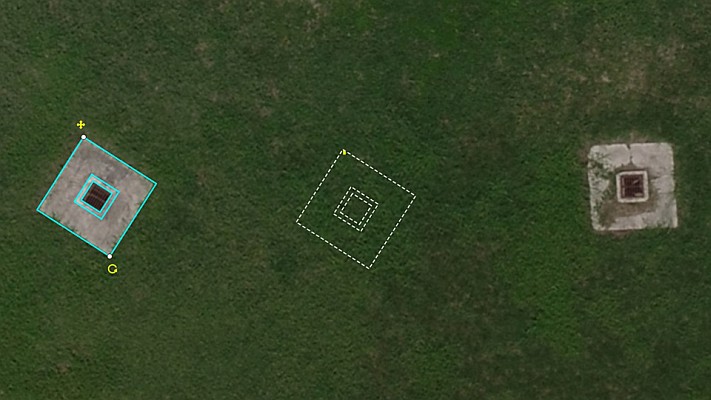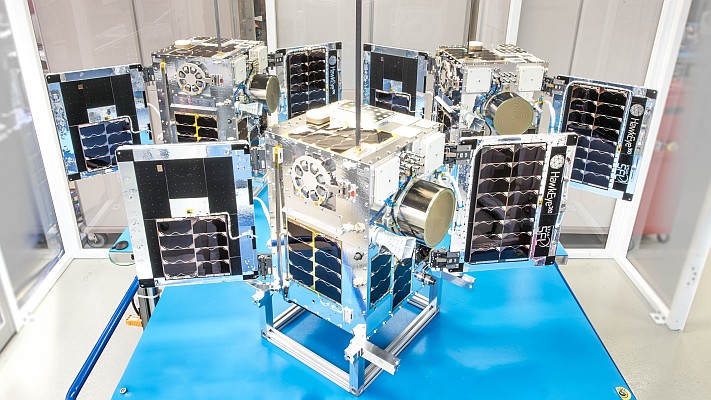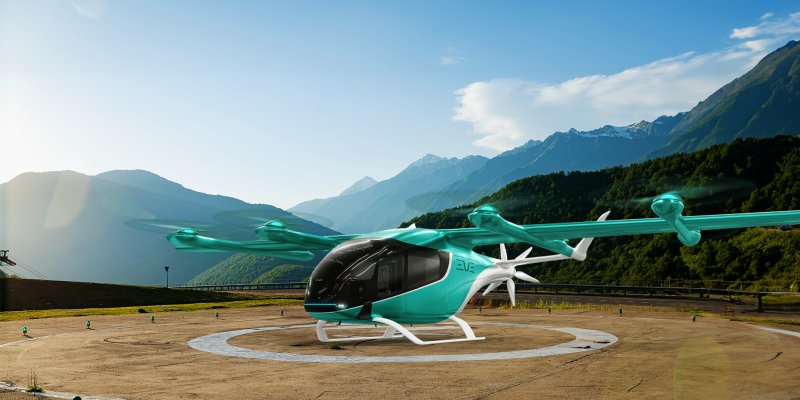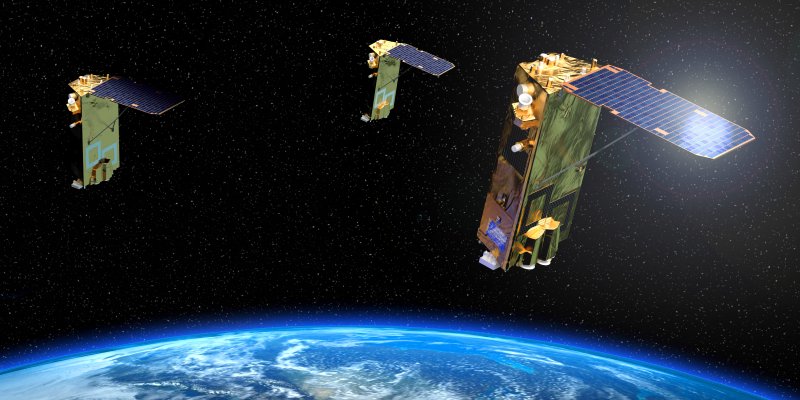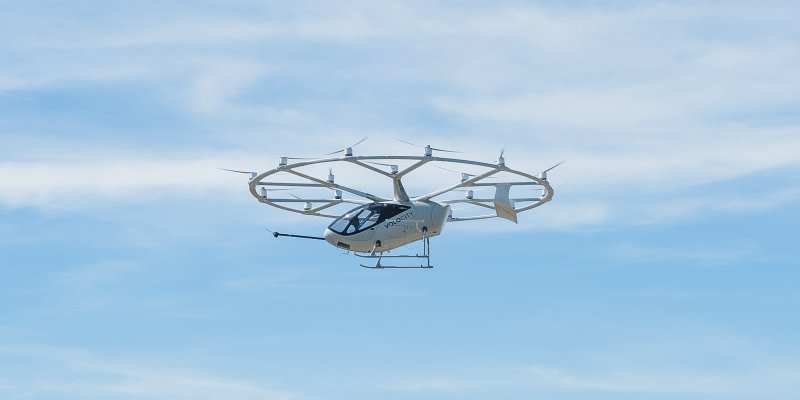The Indian Space Research Organisation has stressed on the need to have a constellation of satellites with multispectral sensors to predict, mitigate and manage disasters.
Many studies suggest at least eight satellites, with dual capability sensors can collect both high and low spatial resolution data, and an equal split between optical and microwave instruments.
Crucially, different situations need data collected in different wavebands – like optical and near infrared data can map land use or assess agricultural droughts.
Landslide studies depend on accurate high-resolution digital elevation models, which require data collected by stereo-viewing optical sensors like Cartosat-1, Interferometric Synthetic Aperture Radars or Light Detection and Ranging instruments.
Conversely, polar-orbiting satellites offer higher spatial resolution data but information is only collected once every few days.
Landslide studies depend on accurate high-resolution digital elevation models, which require data collected by stereo-viewing optical sensors like Cartosat1, Interferometric Synthetic Aperture Radars or Light Detection and Ranging instruments.
Conversely, polar-orbiting satellites offer higher spatial resolution data but information is only collected once every few days.


